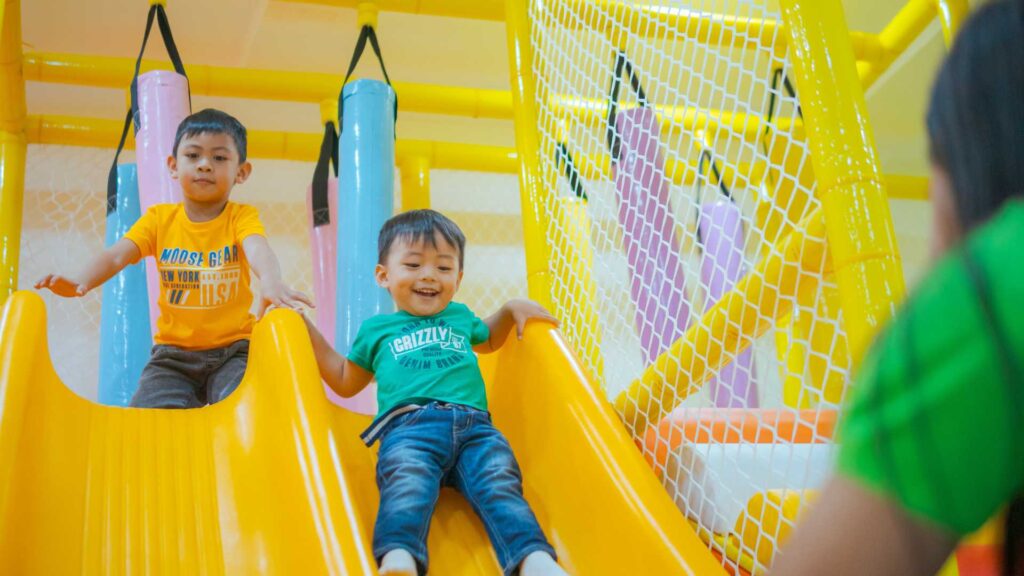Table of Contents
What is the rate of autism in the Latino community?
Autism is a condition that does not discriminate against race, culture, or geographic location. However, for autism in the Latino community living in rural areas of the United States, the challenges associated with diagnosis and treatment can be much more complex. Many families face barriers in accessing information, specialized services, and community support, which hinder the early care and well-being of children with autism.
One of the biggest problems is the lack of health professionals trained in autism in rural Hispanic communities. Added to this issue is the cultural stigma that still surrounds the diagnosis, which can delay help-seeking and affect the quality of life for the entire family. However, recognizing these challenges is the first step to overcoming them and ensuring that all children receive the support they need.
What is the rate of autism in the Latino community? The most recent CDC report has shown that autism is rapidly increasing in children of color. Approximately 3% of Hispanic, Black, and Asian/Pacific Islander children have a diagnosis of autism. However, Latino children tend to get a diagnosis later than their white peers. While these figures demonstrate an increase in access to autism services in Hispanic communities, factors such as language barriers, lack of access to specialists, and misinformation about the early signs of autism remain a latent problem.
In this ABA Centers of Pennsylvania blog, we explore the main challenges of autism in the Latino community and practical solutions to improve autism support in rural areas.
The Challenges of Hispanic Families with Autism
Latino families with autistic children face numerous challenges, many of which are related to cultural and socioeconomic factors. Some of the main challenges include:
- Lack of information in their language: Many resources on autism in the U.S. are in English, making it difficult for Spanish-speaking and Portuguese-speaking families to understand.
- Fear of stigma: In some communities, autism is misunderstood and surrounded by myths, which can lead families to avoid talking about it or seeking help.
- Limited access to therapies: Many Latino families lack health insurance or access to specialists close to home.
- Financial challenges: The cost of therapies and the time required to care for a child with autism can affect a family’s economic stability.

Additional Challenges for Hispanic Families in Rural Areas
Latino families living in rural areas face even more significant barriers:
- Lack of specialists: In many rural areas, there are no therapists or autism specialists available.
- Long distances to receive care: Traveling to a city for therapy can mean several hours of travel.
- Little presence of support communities: In large cities, there are parent networks and support groups, but in rural areas, these resources are scarce or nonexistent.
Understanding Biases in Autism Care
The U.S. healthcare system has structural barriers that affect the Latino community. Studies by the Journal of Developmental & Behavioral Pediatrics have shown that Latino children with autism often receive incorrect diagnoses or 2.5 years later compared to other groups. This delay can mean valuable lost time in early intervention, which is key to a child’s development.
One of the main factors contributing to this problem is the lack of training of some professionals in autism screening in Hispanic communities. In addition, some Latino families may distrust the medical system due to previous experiences of discrimination or lack of culturally competent care.
Studies by Academic Pediatrics found that parents of children with autism in the Latino community face low levels of information about ASD and high levels of stigmatization about mental health and disability. Parents cited a lack of inquiry into parental concerns by providers and having poor access to autism care due to poverty, limited English proficiency, and lack of power to take advantage of services. In addition, they face slow, cumbersome, and confusing diagnostic processes.

Another aspect affecting support for autism in the Latino community is that many people have considered autism as a disorder of White kids. Researchers have conducted almost all studies on autism on white children from upper-middle-class and socially visible families.
Unfortunately, this bias remains pervasive, so there is a significant lack of understanding of how autism manifests in Hispanic children.
Myths About Autism in Hispanic Communities
The lack of knowledge about autism has generated numerous myths in the Latino community. Some of the most common myths about autism in Latino communities include:
- “Autism is the mother’s fault for not raising her child right”
- “Autism is a curse or a punishment”
- “Autistic children cannot learn or have an independent life”
- “If my child doesn’t talk, it means they will never learn to communicate”
- “The cause of autism is vaccines”
- “Autism is a disease”
- “The cause of autism is an excess of technology such as phones and computers”
- “The cause of autism is a lack of vitamin C or D”
- “People with autism don’t want to have friends”
- “All autistic people have a low IQ”
- “All people with autism have special abilities”
- “Autism affects only a certain “kind” of person”
These myths can generate fear and misinformation, delaying the search for help. It is essential to debunk them with clear and accessible information so that families understand that autism is not a disease or a life sentence but a condition in which individuals can live fully with the proper support.
How to Support the Latino Autism Community in Rural Areas
Despite the challenges, there are ways for Hispanic families to receive autism support in rural areas:
- Telemedicine and virtual therapy: Many organizations offer online assessments and treatment for children with autism, eliminating the barrier of distance.
- Social media support groups: There are communities on Facebook and WhatsApp where families can connect, share experiences and find resources.

3. Support at home: Free online programs can help parents implement learning strategies for their children.
4. Nonprofits: Many organizations offer scholarships and outreach programs for families with autism in rural areas.
5. Advocate: Raising awareness and raising a voice about the situation of Hispanic families in rural areas navigating autism can help make more people aware of the challenges of autism in the Latino community and support initiatives that push for more support programs for families who cannot afford the costs of caring for a child with autism and support for autism research in the Latino community.
6. Educate yourself about autism: Avoid using stereotypes when talking about autism. Learning about the disorder and sharing accurate information can help decrease the stigma surrounding autism in the Hispanic community.
7. Increase professional training: Researchers and health professionals should begin to consider the needs of the Hispanic community with autism to have up-to-date data and better understand how autism manifests in people of color.
ABA Centers of Pennsylvania: Offering Autism Services for ALL Families
Autism in the Latino community continues to be a challenge, especially for those living in rural areas of the U.S. However, becoming informed, dispelling myths, and seeking support from community networks can make a big difference. Every family deserves access to resources and opportunities for their children to reach their full potential.
At ABA Centers of Pennsylvania, we offer autism support services in King of Prussia, Philadelphia, and other areas of the state. Regardless of race or geographic location, we are here to guide and support you in the development of your loved one with autism. Call us at (844) 444-7496 or contact us online.
If you know someone who could benefit from this information, share it and help build a more inclusive and supportive community.








